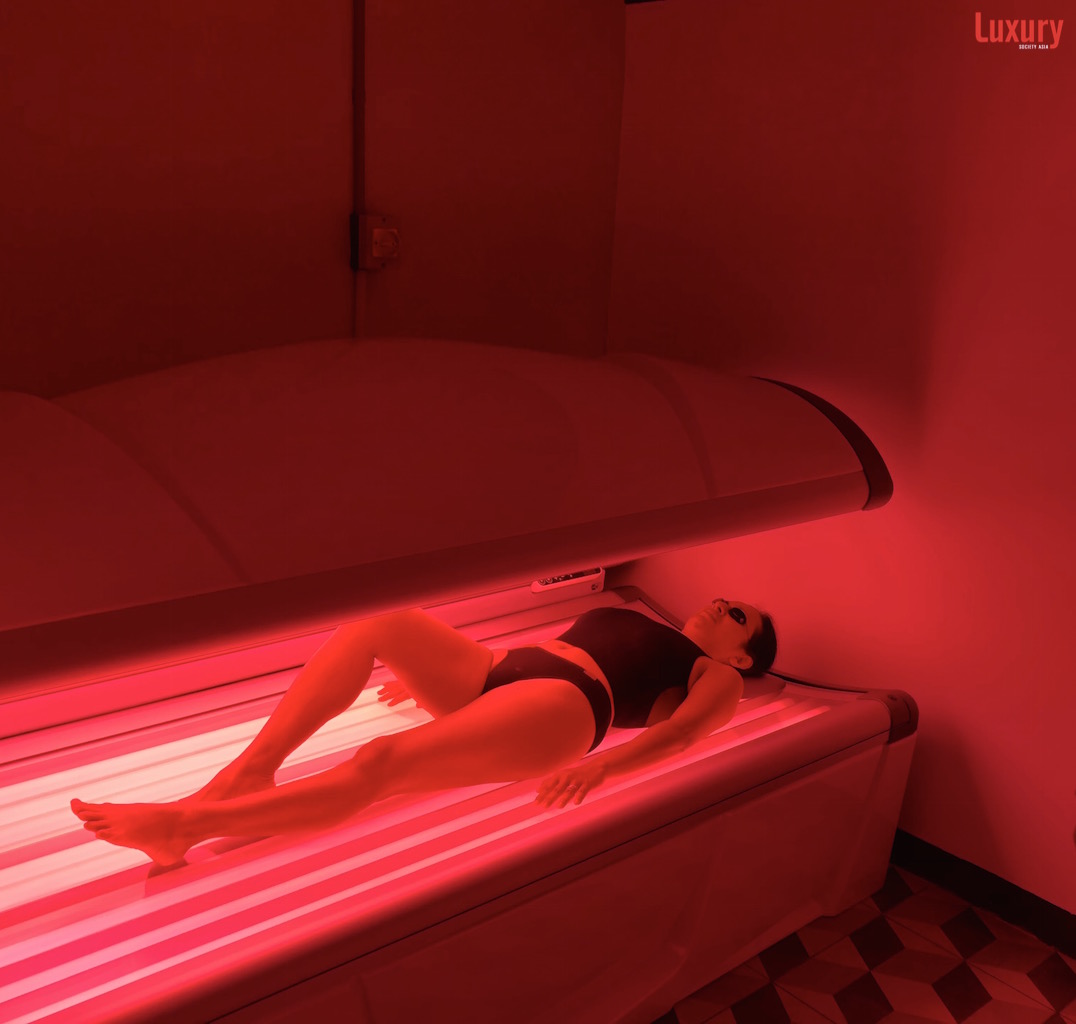Sinusitis versus Rhinitis: Learning the Similarities and Differences
Rhinitis and sinusitis are often confused with one another, along with the common cold. However, these illnesses are very distinct conditions that require a different set of treatments.
Let’s look at sinusitis and rhinitis in detail so that you can better understand what might be happening the next time you have a stuffy nose.
What is Sinusitis?
Sinusitis is an infection of the sinuses (the air-filled spaces in the skull) that results in swelling. Cases of sinusitis are most often attributed to viruses, bacteria, or fungi. However, allergens and toxins may also cause sinusitis. Less commonly, it may be caused by changes in air pressure, such as what might occur when flying or scuba diving. Specific sinusitis treatment will ultimately depend on the cause of infection.
What is Rhinitis?
Rhinitis is simply the inflammation of the nasal cavities, which are connected to but distinct from the sinuses. Rhinitis can be caused by sinusitis, but it is more commonly caused by allergies and irritants. Also, sinusitis and rhinitis often co-occur, sometimes requiring intervention from an otolaryngologist to ensure the patient has a safe and effective mix of interventions.
Common Symptoms of Sinusitis and Rhinitis
Laypeople often confuse sinusitis and rhinitis, as both conditions have very similar symptoms. As mentioned, both conditions can happen at the same time, further adding to the confusion and potentially delaying a patient’s recovery. Some of the shared symptoms of sinusitis and rhinitis include the following:
- Sneezing
- A runny and/or stuffy nose
- Itchy nose
- Itchy and/or red eyes
- Snoring
- Sleep problems and tiredness
- Sore throat (postnasal drip)
Symptoms Specific to Sinusitis
In addition to the common signs described above, cases of sinusitis are often accompanied by these other symptoms:
- Sinus pressure and pain
- Pain behind the eyes, teeth, or elsewhere in the face
- Fatigue
- Headaches
- Coughs
- Fever
- Asthma
- Possible facial swelling
- Bad breath
Symptoms Specific to Rhinitis
Outside of the previously described common symptoms, cases of rhinitis may also manifest the following signs:
- Clear drainage from the nose
- Recurring ear infections
- Itching on the roof of the mouth
- Predictable recurrence based on seasons or exposure to allergens and irritants
If a patient exhibits the common signs of congestion but doesn’t exhibit sinusitis symptoms, chances are that they have rhinitis. The lack of a fever is also a tell-tale sign that a patient probably has rhinitis and not sinusitis, the flu, or the common cold.
What are Allergic and Nonallergic Rhinitis?
Rhinitis is classified as either allergic or nonallergic. Allergic rhinitis (also known as hay fever) is the result of allergens, while nonallergic rhinitis is caused by irritants that aren’t necessarily allergenic such as smoke, chemical fumes, infections, and the like.
Allergic rhinitis is by far the most common rhinitis type in Singapore, afflicting up to 13.1% of the population. When you come across discussions of rhinitis, allergic rhinitis is most often the one being referred to.
How is Sinusitis Treated?
Sinusitis treatment can differ depending on the condition’s severity and specific causes. Acute sinusitis tends to go away on its own within 7 to 10 days. Cases that last longer than 10 days, as well as chronic cases, should be immediately treated by a qualified otolaryngologist.
The usual treatments include prescription medications to address the immediate cause of infection as well as corticosteroids to prevent swelling. Otolaryngologists may also refer sinusitis patients to another specialist who can treat underlying or related conditions. Additional tests or surgery may be recommended if symptoms do not improve after a given period.
How is Rhinitis Treated?
The most common intervention for rhinitis is to avoid allergens and irritants that trigger the condition. For allergic rhinitis, physicians may recommend antihistamines or immunotherapy to manage symptoms. They may also recommend oral or intranasal corticosteroids to reduce swelling in the nasal passages.
A few nonpharmacologic therapies for rhinitis are also available. Saline nasal irrigation with neti pots or needleless syringes can provide rhinitis sufferers with relief by physically flushing their nasal passages free of allergens and irritants. There’s also evidence that air purifiers can help control rhinitis symptoms by reducing the quantity of particulate allergens and irritants in the air.
When Should You See a Doctor?
If your symptoms last for more than a month and over-the-counter medications don’t seem to work, see a doctor immediately. Sinusitis and rhinitis are both quite common and tend to resolve themselves, but persistent cases may indicate other serious underlying conditions. With early intervention, you’ll have a better idea of the state of your health while also speeding up your recovery.
It’s Time to Take Nasal Congestion Seriously
Many patients with rhinitis and sinusitis suffer needlessly because they either don’t understand what their illness is or they fail to understand the seriousness of their condition. With a better understanding of the differences, similarities, and risks associated with the two illnesses, long-suffering patients can finally start to breathe easier.
Cr. photo https://www.pexels.com/photo/woman-holding-her-nose-because-of-sinus-pain-5979735/







